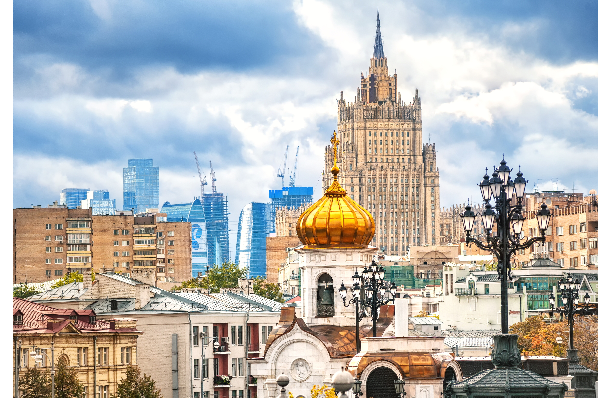According to CBRE, uncertain retailer demand as well as expensive and unavailable financing were the major reasons for lowered developer activity in Russia. As a result, completions in 2016 could set a record low for the last 10 years.
Completions of modern retail space in 2015 amounted to 1.9 million m², 13% lower than in 2014. In 2016, Russian retail premise delivery will be almost 30% lower than in 2015, driven by the reduction of new supply in regional cities.
In Russia, only half of the 10 most saturated markets are cities with more than 1 million inhabitants. The most promising cities for retail space development are Vladivostok, Khabarovsk, Naberezhnye Chelny, Kirov and Chita.
Despite some negative macroeconomic factors, international retailers are still showing interest in the Russian regional retail property market, mostly due to lower competition than in Moscow, along with sufficiently high purchasing power and favorable leasing terms. Out of 53 international brands that came to Russia in 2015, 13 opened their first stores in regional cities.
Key trends of the Russian retail property market for 2016:
- Developers in Russia announced over 2 million m² of new construction for 2016. According to CBRE estimates, taking into account the current stages of development and terms of delivery of every project, the actual delivery in 2016 will be about 1.3 million m².
- Current interest rates and a continued decline in the Russian economy are not conducive to the start of construction of new projects. Construction of shopping centres at the final stages with guaranteed financing, with high probability will be finished during 2016-2017.
- The interest of developers and retailers for large cities (Moscow, St. Petersburg, cities with a population above 1 million. inhabitants) will hold steady, mostly due to high purchasing power in these markets.
- Shopping centres in cities with high penetration rates (eg Yekaterinburg, Krasnodar, Tyumen, Yaroslavl) need reconception. Even relatively low cost changes can increase consumer loyalty and increase shopping centre attendance.
- Major retail chains of the middle and economy price segments will continue their regional expansion: in 2016 further expansion has been announced by key market players such as OBI, Leroy Merlin, Decathlon, H&M, McDonald’s, KFC, Subway, Nathan’s Famous.
- In order to maintain their position on the market, other retail chains will continue to reduce the number of unprofitable retail outlets in regions, which will result in a further increase in vacancy rates in some markets, and increase the time period required for new shopping centres to be populated with tenants.
Michael Rogozhin, managing director of retail, CBRE in Russia, commented: “Retailers in regions are more carefully selecting and evaluating locations for opening their new shopping centres. With high probability, key trend of business optimization and reduction of unprofitable shopping centres in regions will continue in 2016. However, this will be compensated by high activity of major international and federal retail chains as well as retailers of ‘middle’ and ‘economy’ price segments, that traditionally rent premises in shopping centres as anchor tenants.
Developers have announced over 3.2 million m² of new construction for 2016-2017 in Russia (including Moscow and Saint-Petersburg), which is about 15% of current total stock. However, taking into account current credit conditions, not all the announced projects will be completed in time. According to our estimates, only 60% of new supply will be delivered in 2016-2017, construction of other projects will be postponed, and projects will be completed not earlier than 2018-2019.”















